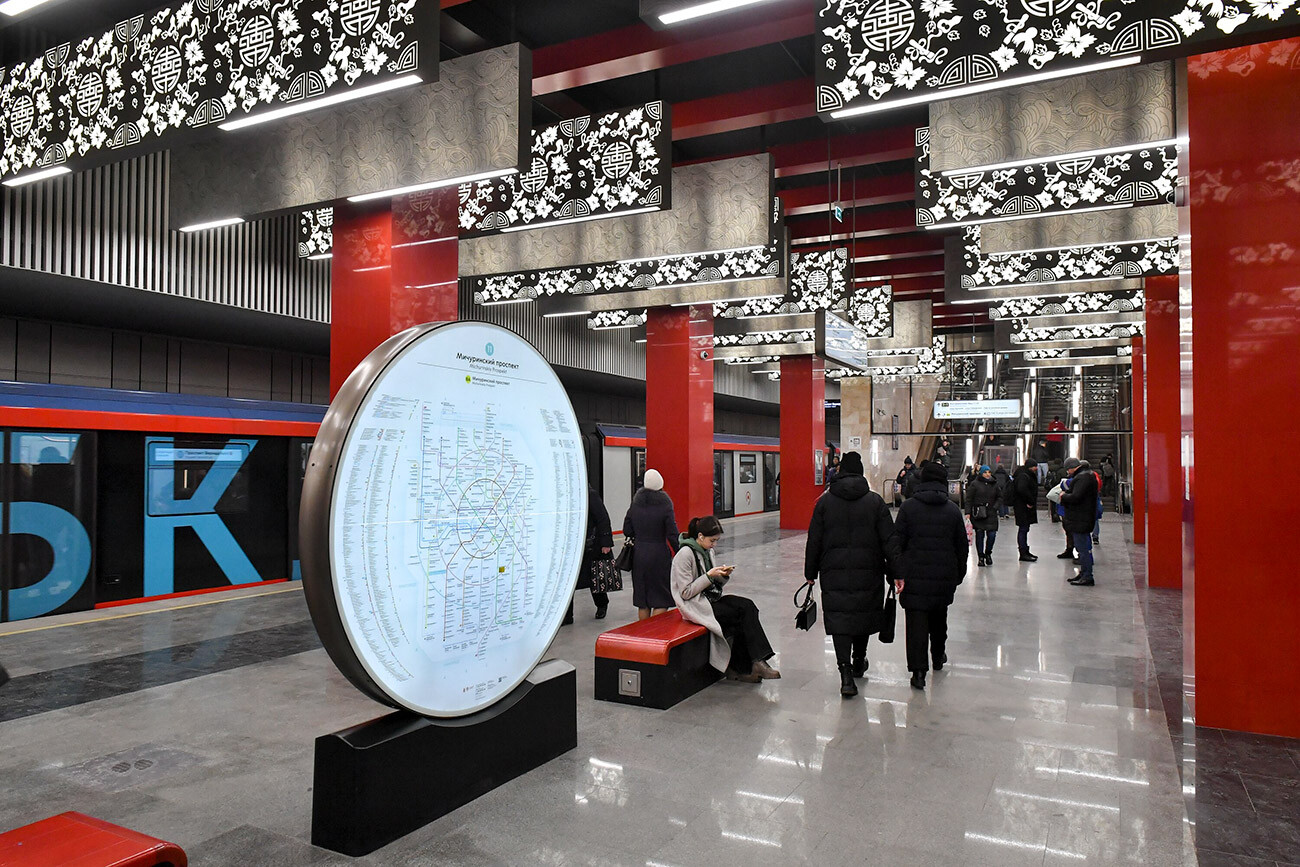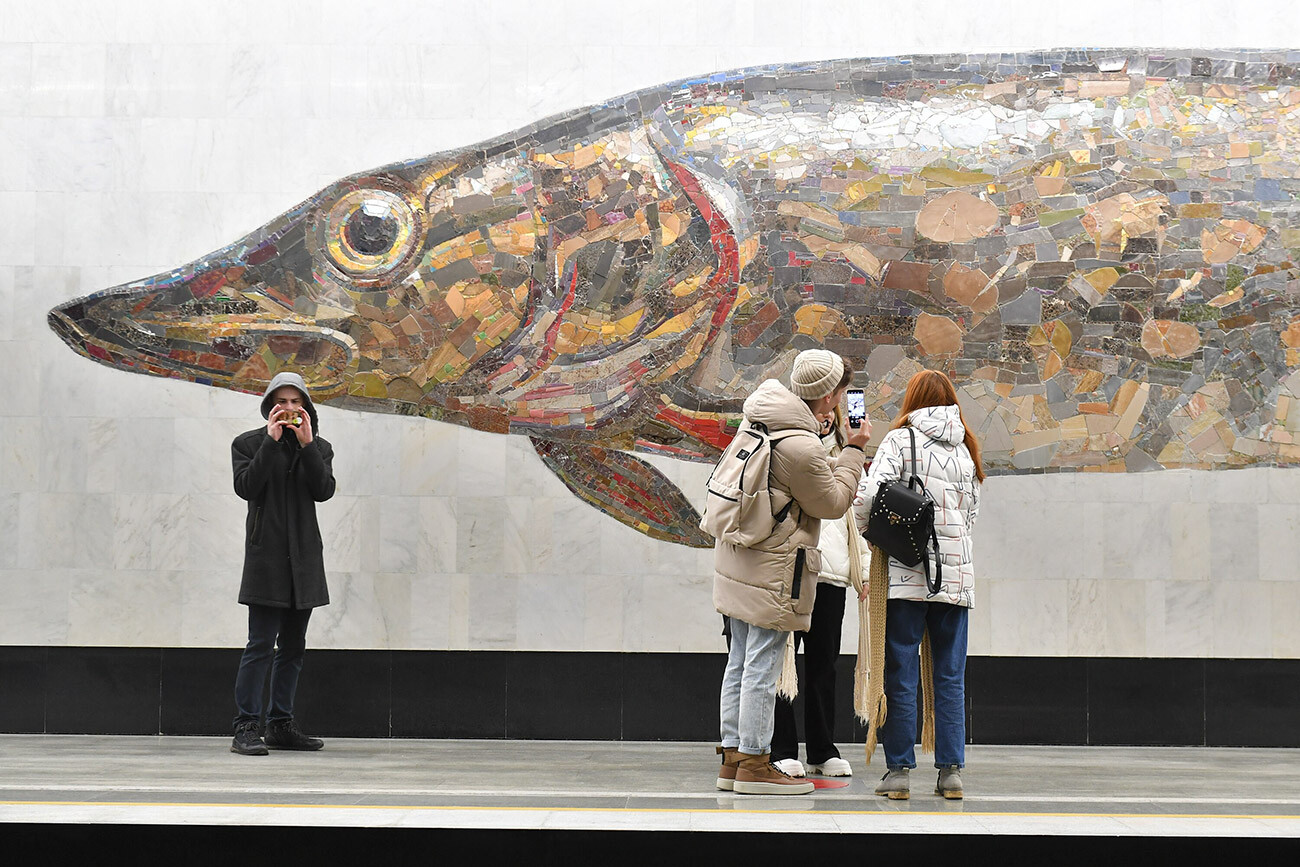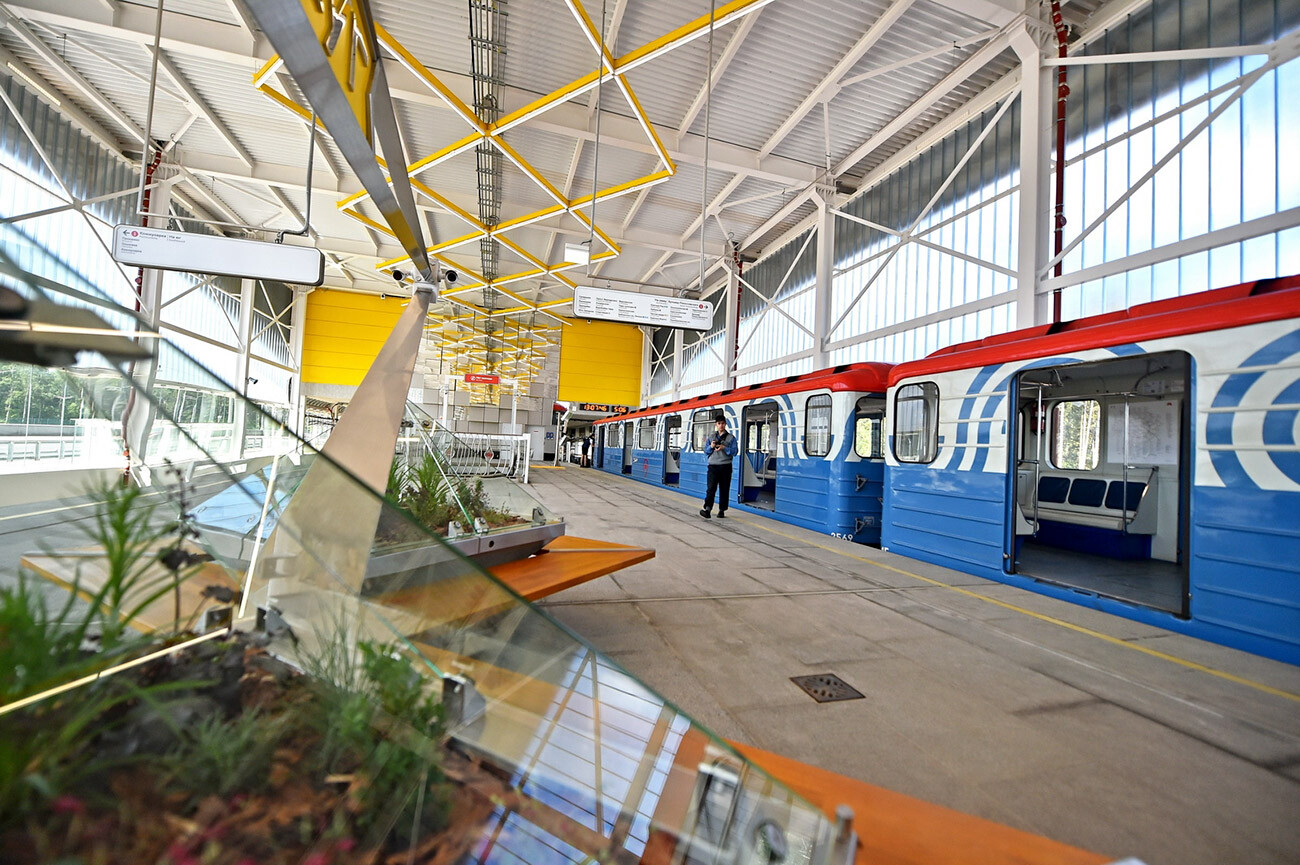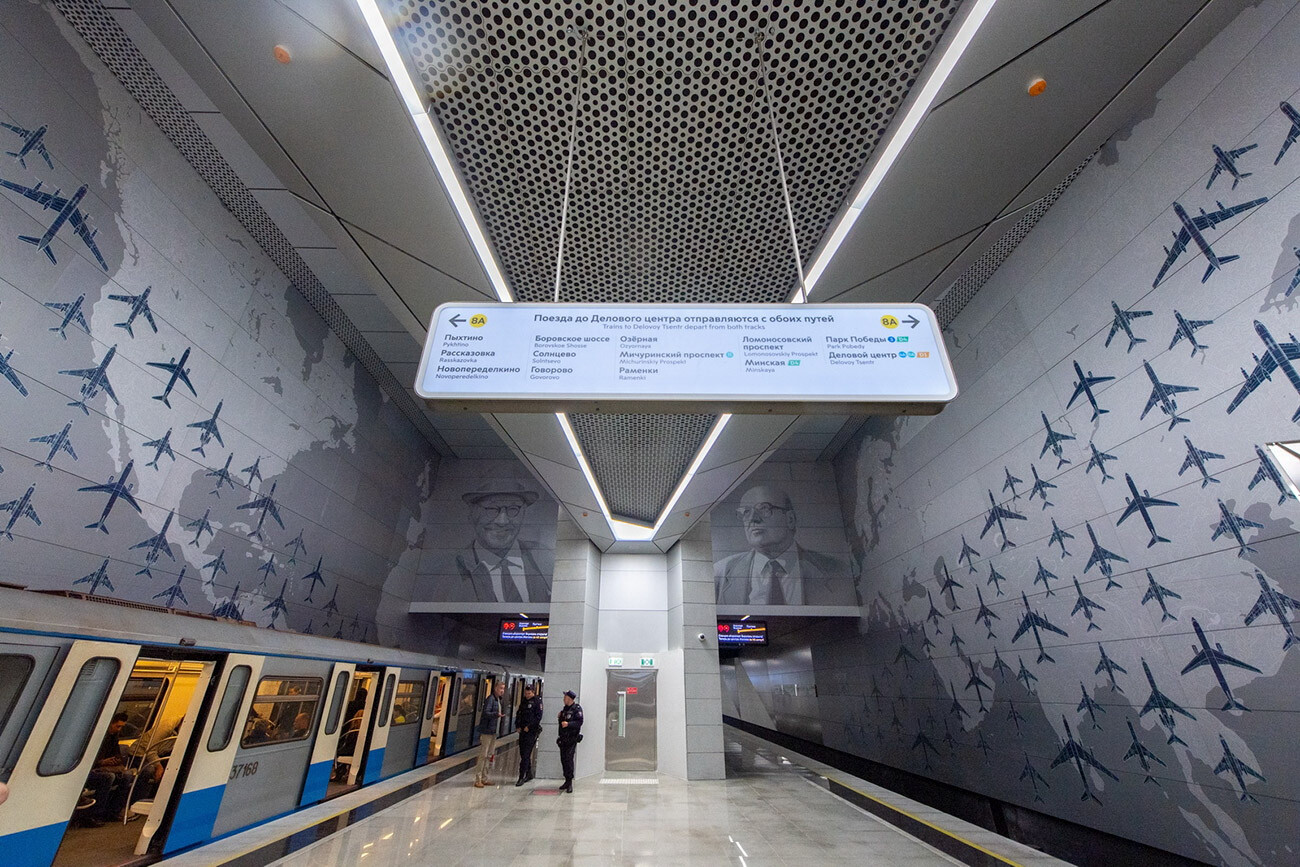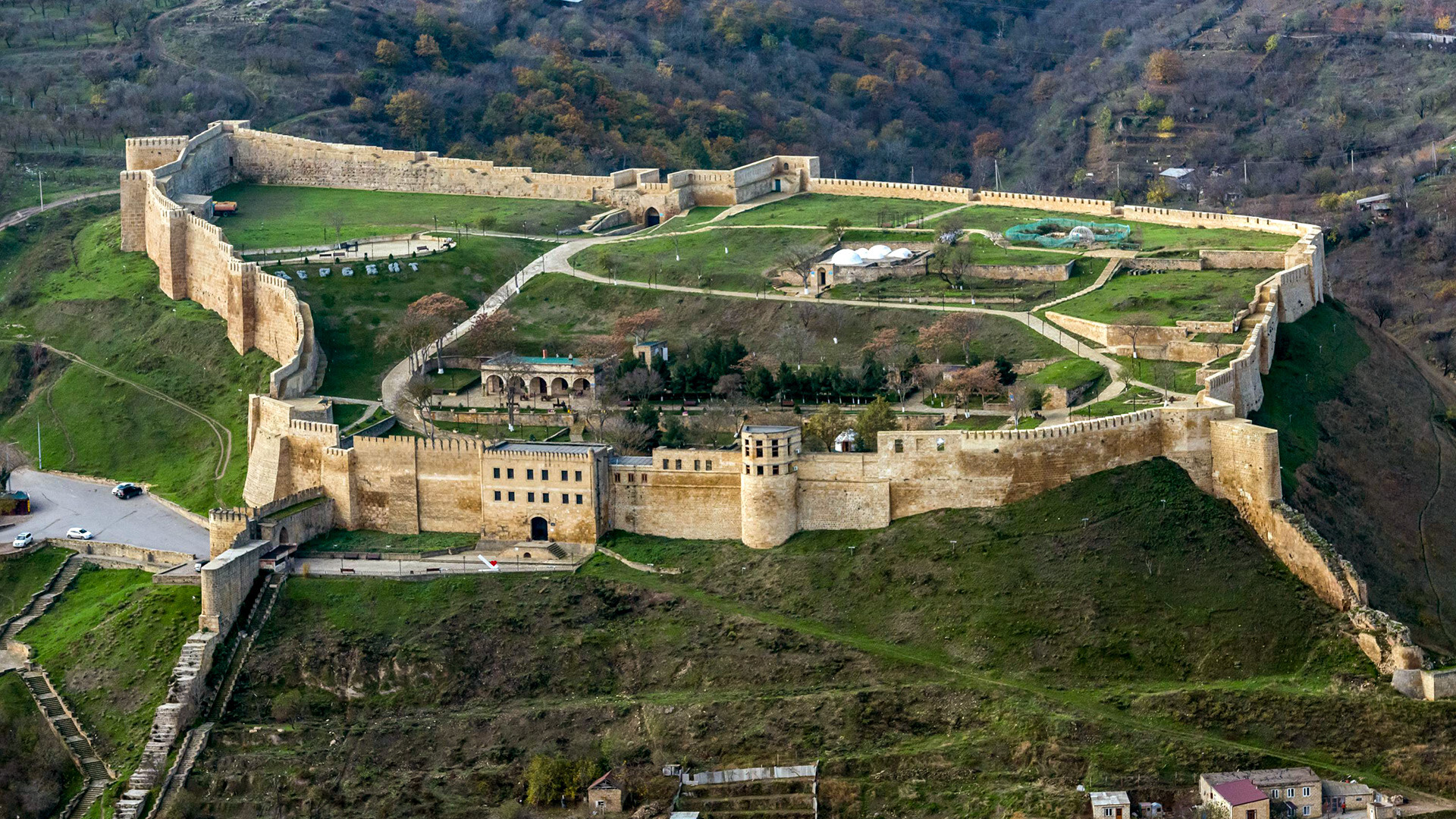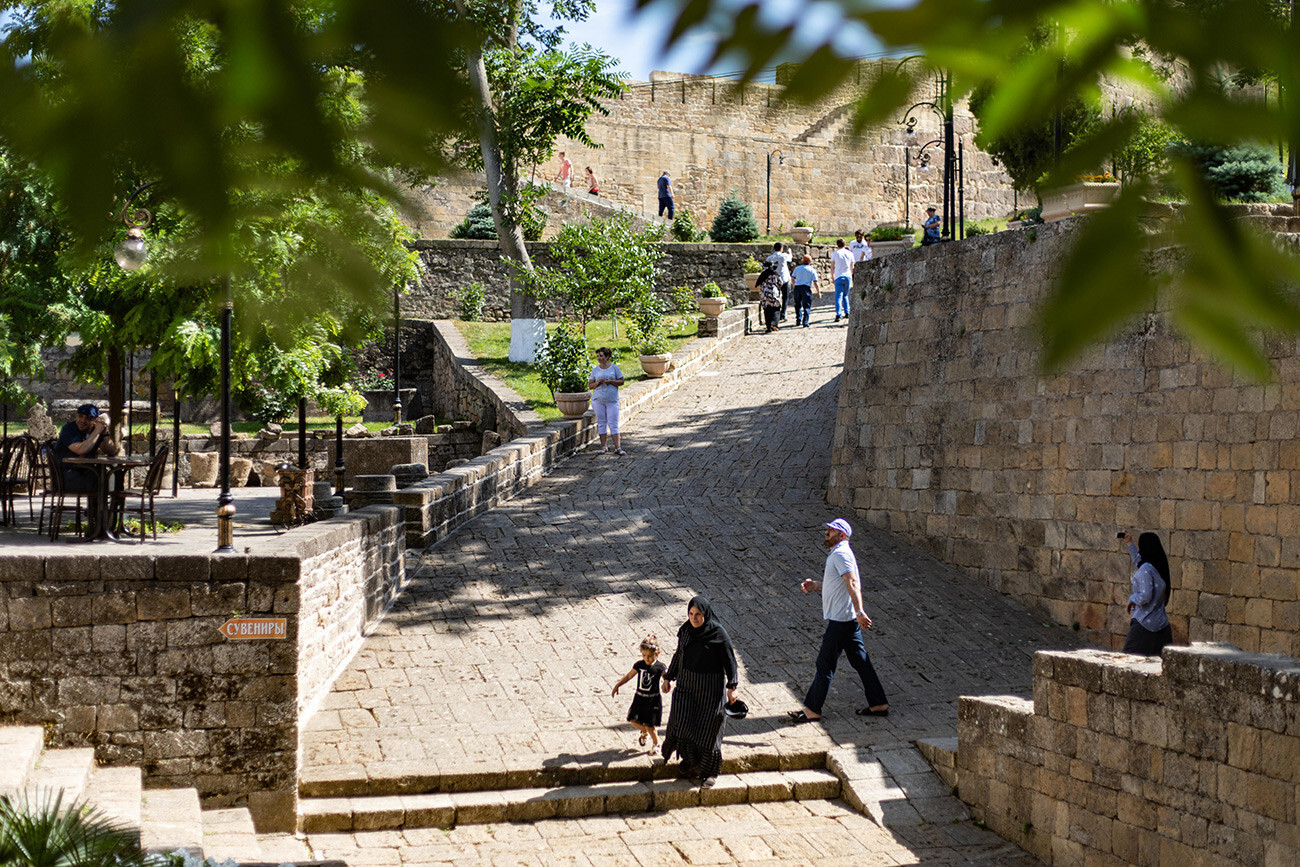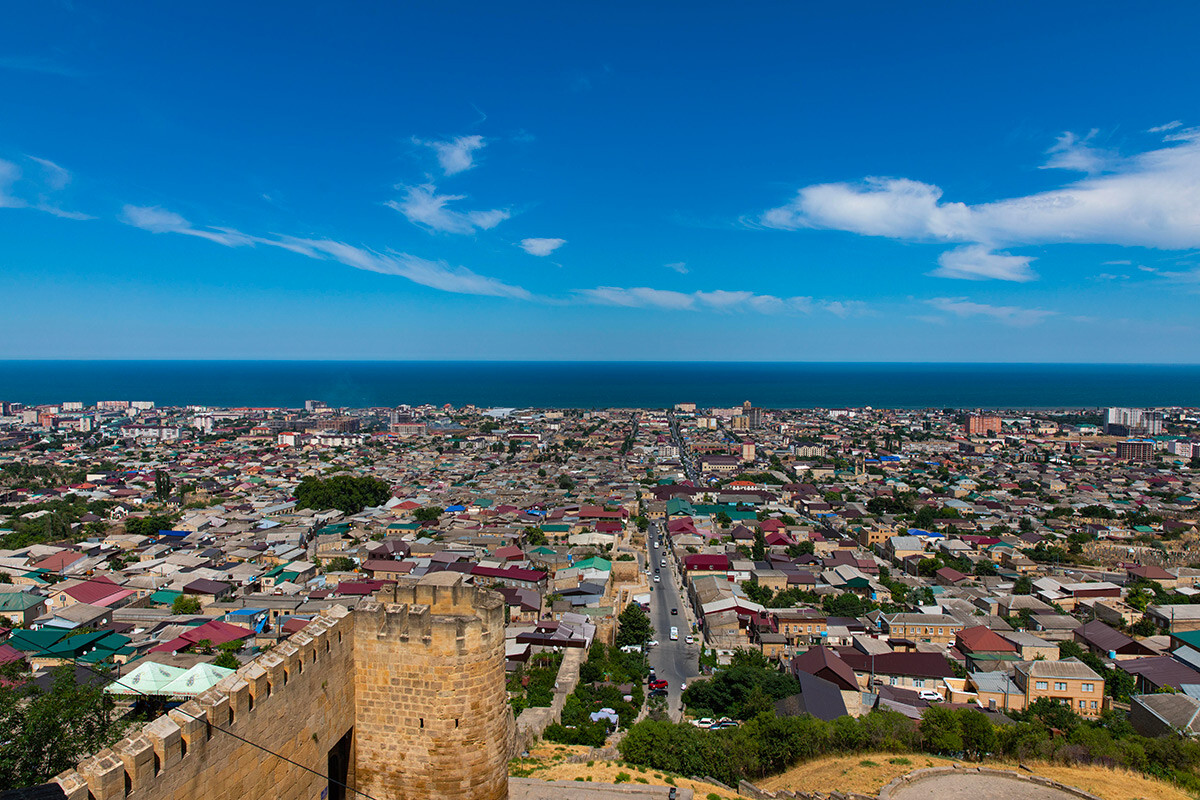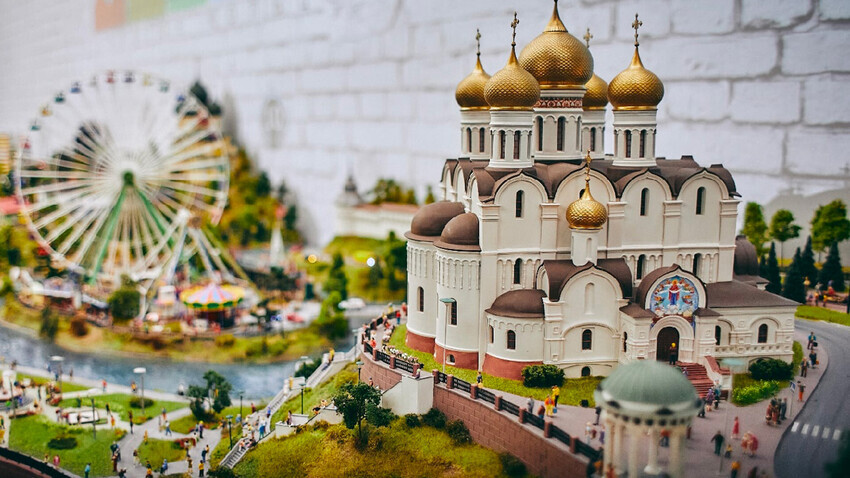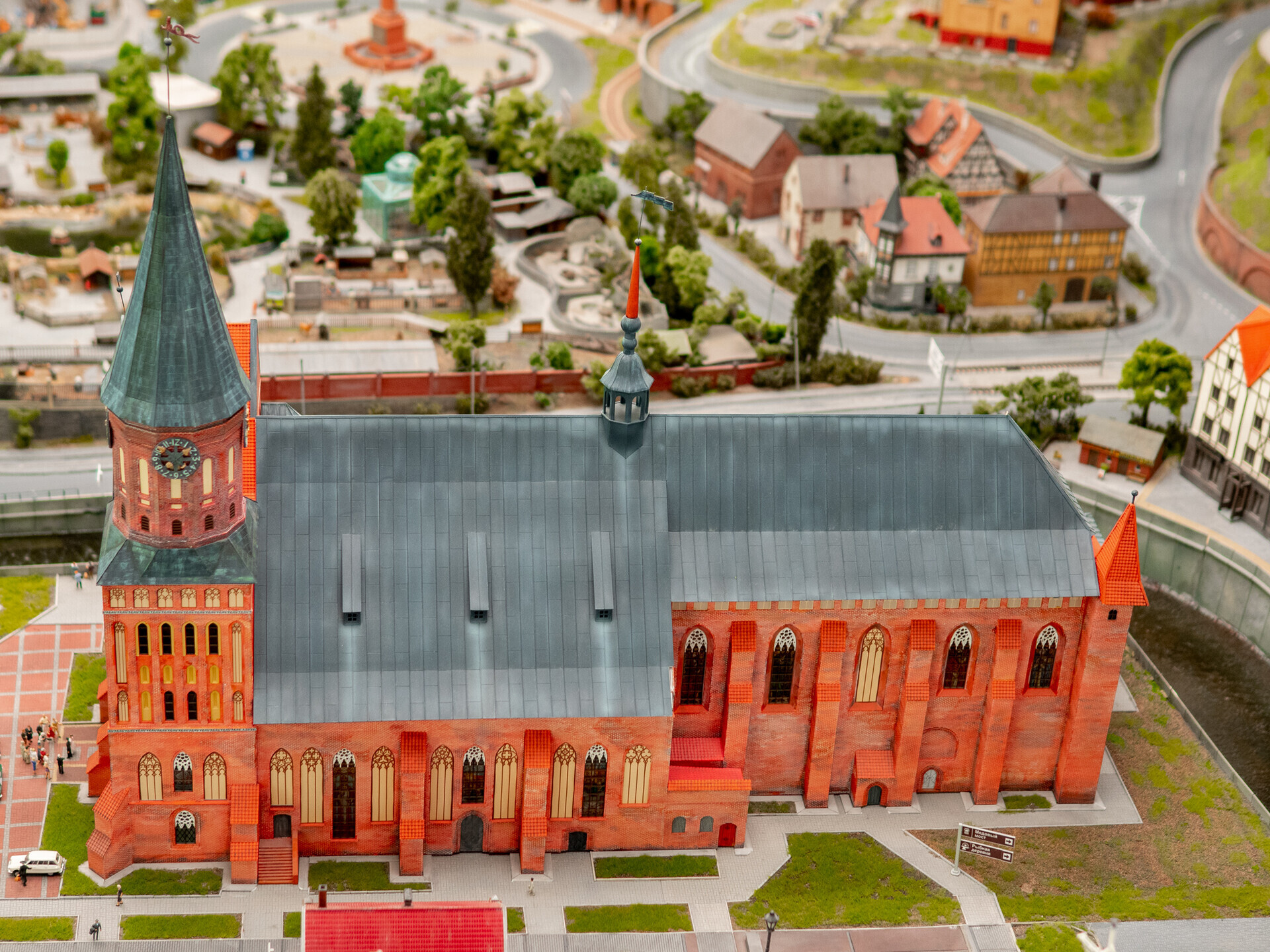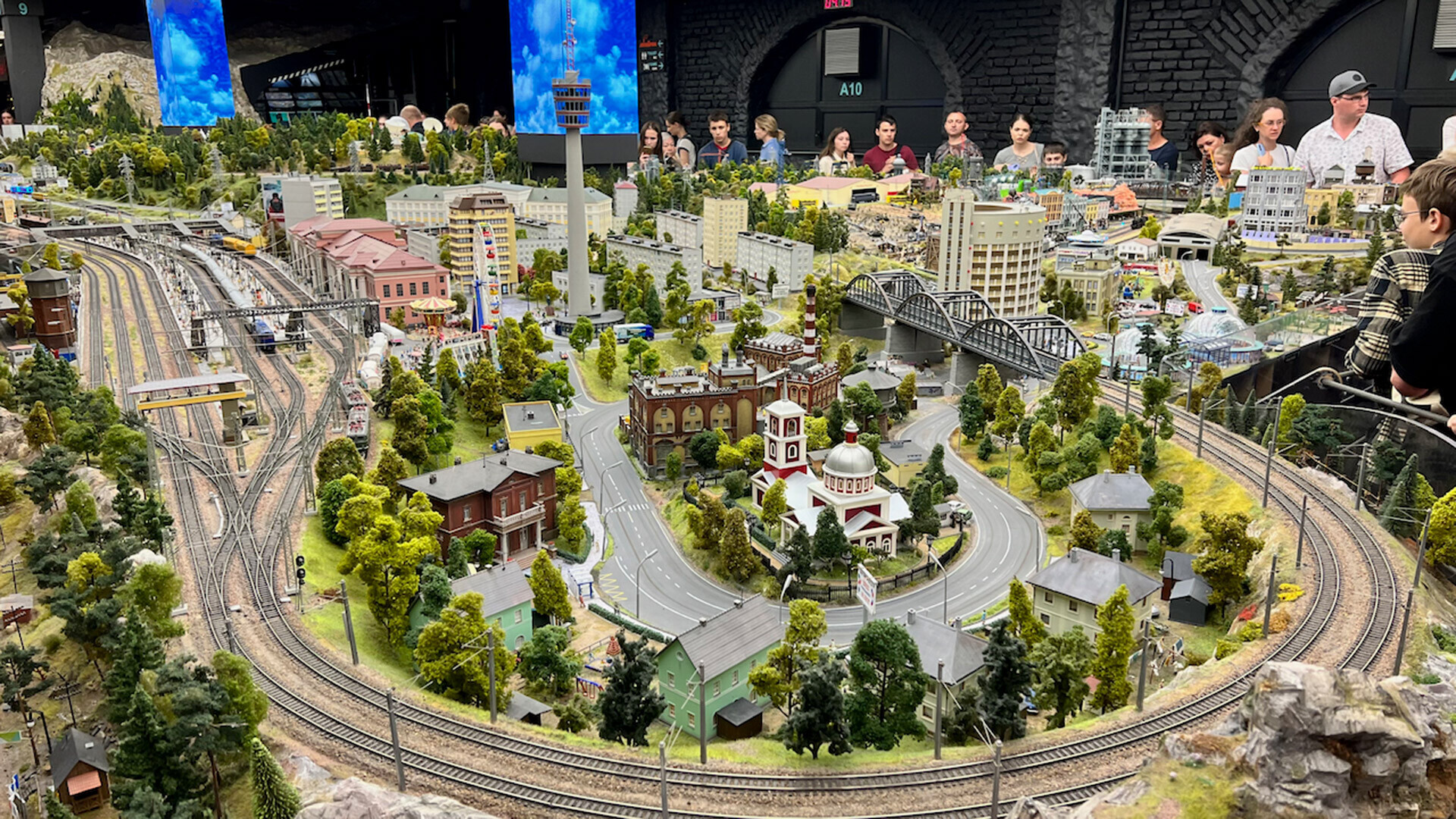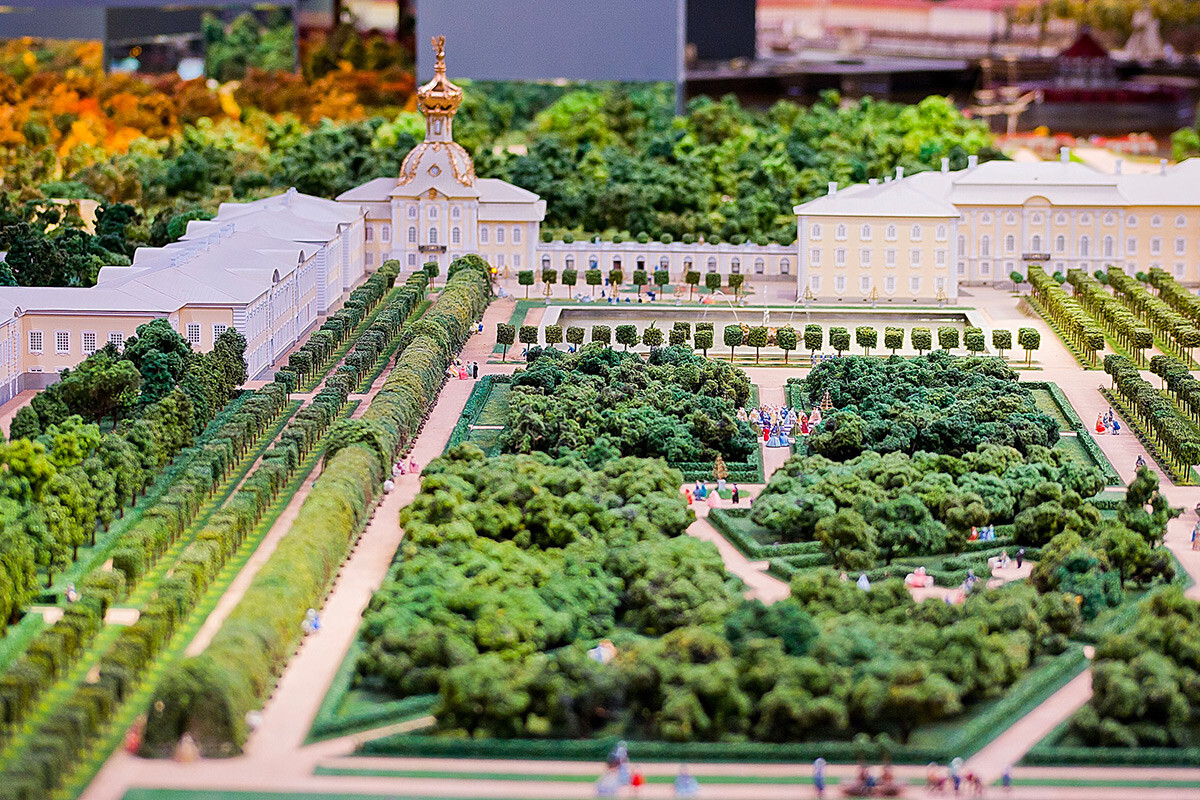By Amwaj Media, 8/5/24
The story: Russian security chief Sergei Shoigu has visited Tehran for talks with top officials, raising eyebrows given the growing tensions between Iran and Israel. Already, reports charge that Moscow has begun delivering air defense equipment and advanced radars allegedly requested by the Islamic Republic.
The visit comes as Iran and its regional allies weigh the scale of their response to Israel’s suspected assassination of Hamas political bureau chief Ismail Haniyeh. Iran has pledged to avenge the July 31 killing of Haniyeh in Tehran as the region braces for escalation.
The Russian visit:
Shoigu, the secretary of Russia’s Security Council, landed in Tehran on Aug. 5 on what Russian media described as a “planned working visit.”
- Shoigu met his Iranian counterpart Ali Akbar Ahmadian, though details of their meeting have been kept under wraps.
- The Russian security chief also sat down with President Masoud Pezeshkian and separately met Mohammad Baqeri, the chief of staff of the Iranian Armed Forces.
- Iranian media quoted Shoigu as saying in his meeting with Baqeri that Russia “is ready for comprehensive cooperation with Iran in the region.” On his part, the top Iranian military commander described ties as “strategic,” indicating a systemic decision to expand the partnership.
Russia was one of the first countries to condemn the killing of Haniyeh and warn of its consequences.
- In connection with a UN Security Council session on the assassination, Moscow also drafted a statement to condemn Israel, but the statement was blocked by Washington.
Given Russia’s growing defense cooperation with Iran, there has been speculation about the timing of Shoigu’s visit.
- Some commentators have pointed out that Ahmadian invited his Russian counterpart to visit Tehran during a phone call in May, but no date was announced.
- However, observers have also noted that the timing of the trip may have been influenced by developments in the region, such as Haniyeh’s assassination and the impending Iranian response.
Notably, Shoigu’s visit came on the same day that the head of US Central Command (CENTCOM), Michael Kurilla, arrived in Israel for talks with military figures. Washington has been rushing additional forces to the region, and played a key role in helping defend Israel when Iran last attacked Israeli military bases in Apr. 2024.
- Amid the dispatch of US reinforcements, rumors have been circulating on social media about an alleged uptick in Russian cargo flights landing in Iran in the past three days. However, flight trackers have only confirmed one such arrival.
- Reports emerged on Aug. 7 which claimed that Iran has requested advanced military gear, including air defenses and radar equipment, and that Russia has initiated deliveries.
The Iranian posturing:
Haniyeh was killed in Tehran on July 31, just hours after attending the inauguration of President Pezeshkian.
- The IRGC, which was hosting Haniyeh at a complex in northern Tehran, has said a “short-range projectile” carrying a 7 kg (15.4 lbs) warhead struck the room where the Hamas political bureau chief was staying in.
Iranian authorities continue to insist that Iran has a right to respond to Israel over the killing. Israel has not claimed the July 31 assassination.
- In a meeting with foreign ambassadors to Tehran on Aug. 5, Acting Foreign Minister Ali Baqeri-Kani said Iran has a “legitimate right to take deterrent action.”
- On the same day, Foreign Ministry spokesman Nasser Kanani vowed that Iran would “definitely and decisively” take action—but added that Tehran does not want to escalate tensions.
An article published on Aug. 4 in the weekly magazine Sobh-e Sadeq sought to make the case for a “severe response” against Tel Aviv, which it said would be a “wise” move.
- The magazine, which is published by the Islamic Revolutionary Guard Corps (IRGC), described Haniyeh’s killing as an attack on Iranian territory and insisted that the Iranian public supports action against Israel.
- The conservative-dominated state broadcaster on Aug. 4 and Aug. 5 aired vox pops in which ordinary Iranians almost unanimously said Israel should be struck. However, many argued that any action should be aimed at restoring deterrence rather than starting a war.
The context/analysis:
Long plagued by mutual distrust, relations between Iran and Russia have significantly expanded following Moscow’s invasion of Ukraine in Feb. 2022.
- The bilateral partnership has especially grown in the military sphere, with Iran delivering drones which are reportedly being used in the Ukraine war. Tehran is also supporting Russian efforts to localize drone production.
- Cooperation between Moscow and Tehran is additionally focused on connectivity, with the two sides pursuing development of the International North-South Transport Corridor (INSTC). The initiative seeks to connect India and Russia via Iran.
- The growing Iranian-Russian cooperation has been a cause for concern in the west, leading European diplomats to call on the Islamic Republic to reverse course.
While cooperation has generally grown, many obstacles remain. For instance, Iran has so far avoided exporting ballistic missiles to Russia amid warnings from Washington. Moreover, collaboration in the energy sector has been lackluster.
- In Feb. 2024, reports emerged that Iran had allegedly supplied Russia with around 400 missiles, including short-range Fateh-110 projectiles. However, those reports have reportedly been dismissed by Iran, Russia, and Ukraine.
- Speculations that Russia may deliver up to two dozen Sukhoi-35 (Su-35) fighter jets and Mil Mi-28 attack helicopters to Iran have not materialized. This is even though reports emerged in Sept. 2023 that Yak-130 combat trainers were transferred to Iran amid rumors that an air base may have been prepared for the arrival of Su-35s.
- The finalization of a comprehensive 20-year cooperation agreement has also been lagging, with Moscow pointing the finger at Tehran. The accord would succeed the 10-year cooperation treaty signed in 2001, which has since been extended for five-year terms—most recently in 2021.
- While bilateral ties blossomed under late conservative president Ebrahim Raisi (2021-24), incumbent Reformist President Pezeshkian has signaled a willingness to engage with the west. Such a shift by Tehran, if it were to be reciprocated by western capitals, may be problematic for Moscow and could play a part in Shoigu’s engagement.
It remains unclear whether the precise date of Shoigu’s trip to Iran was set prior to Haniyeh’s killing. However, such a trip in the current climate may be seen as either Russian support for Iran vis-à-vis Israel, or an attempt to manage tensions between the two regional arch-foes.
- What will likely fuel the view of Russia siding with Iran is what analysts see as the cooling of relations between Moscow and Tel Aviv over the past year, in view of Russia’s invasion of Ukraine and Israel’s war on Gaza.
- Shoigu, a former defense minister who has a good working relationship with Baqeri, notably oversees Russia’s Federal Service for Military-Technical Cooperation which handles arms exports. Against this backdrop, it remains to be seen whether the bilateral engagement will produce dividends for Tehran in the military field.
- Despite a possible shift by Moscow, the broader disparities at play are significant. Should a direct conflict between Iran and Israel emerge, observers argue that potential Russian support for Tehran is unlikely to match US backing for Tel Aviv.
The future:
The vox pops on Iranian television may be an attempt by the authorities to gauge the public’s views, and scale the response to Israel accordingly. The Islamic Republic most recently struck Israel in Apr. 2024, when the IRGC launched an unprecedented attack over the suspected Israeli bombing of Iranian diplomatic premises in Syria.
- Operation ‘True Promise’, which involved the firing of hundreds of drones and missiles, marked the first attack on Israel launched from Iranian territory.
- Should Iran press on with a strike on Israel, it could be bigger than ‘True Promise’. Moreover, it may well include coordinated action by the Islamic Republic’s regional allies.
While military relations between Iran and Russia are growing, Russia will think twice before overtly backing Tehran against Tel Aviv. If cooperation is to expand, it will in all likelihood be limited to defensive capabilities, including air defenses.
- Israel and Russia have seen their ties dwindle in the shadow of the Ukraine war. However, they have a so-called deconfliction mechanism in Syria to protect.
- The deconfliction mechanism has prevented Israeli and Russian forces from clashing in Syria. If Moscow were to aid Tehran, it could impact Russian arrangements with Tel Aviv.
- Even if Russia rushes air defense systems to Iran, their reliability and capabilities are questionable. Moreover, Moscow could very well be supplying spare parts. Notably, in Apr. 2024, Israel reportedly took out a radar site associated with a Russian-built S-300 missile defense battery covering a key nuclear site. Iran denied the incident.
Amwaj.media is based in the UK but our bustling newsroom is chiefly made up of journalists and analysts from across the region. Founded in January 2021, Amwaj.media is independently funded and operates as a service provider. The Editor is Mr. Mohammad Ali Shabani. We prioritize the safety and security of our team while considering our output as the result of a team effort. We have therefore chosen to anonymize most of our team’s own output.

